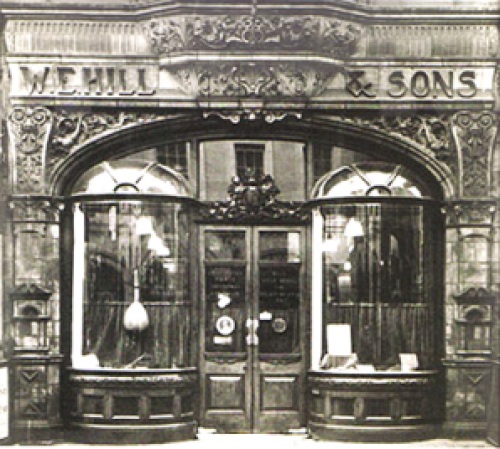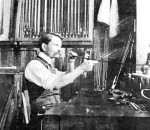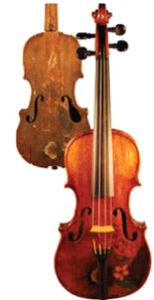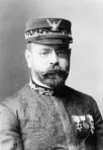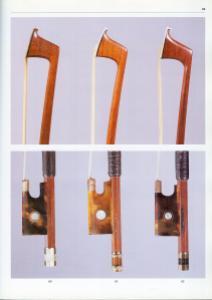Old Italian violins are routinely credited with playing qualities supposedly unobtainable in new instruments. These qualities include the ability to project their sound more effectively in a concert hall—despite seeming relatively quiet under the ear of the player—compared with new violins.
Although researchers have long tried to explain the mystery of Antonio Stradivari’s sound, it is only recently that studies have addressed the fundamental assumption of tonal superiority. Results from two studies show that, under blind conditions, experienced violinists tend to prefer playing new violins over Old Italians. Moreover, they are unable to tell new from old at better than chance levels.
In two separate experiments, three new violins were compared with three by Stradivari. Projection was tested both with and without orchestral accompaniment. Projection and preference were judged simultaneously by dividing listeners into two groups.
The results were unambiguous. The new violins projected better than the Stradivaris whether tested with orchestra or without, the new violins were generally preferred by the listeners, and the listeners could not reliably distinguish new from old. The single best-projecting violin was considered the loudest under the ear by players, and on average, violins that were quieter under the ear were found to project less well.
This according to “Listener evaluations of new and Old Italian violins” by Claudia Fritz, Joseph Curtin, Jacques Poitevineau, and Fan-Chia Tao. (Proceedings of the National Academy of Sciences of the United States of America 8 May 2017).
Above, detail from Antonio Stradivari in his atelier by Antonio Rinaldi; below, a report on one of the experiments, including excerpts from interviews with Fritz and Curtin.




